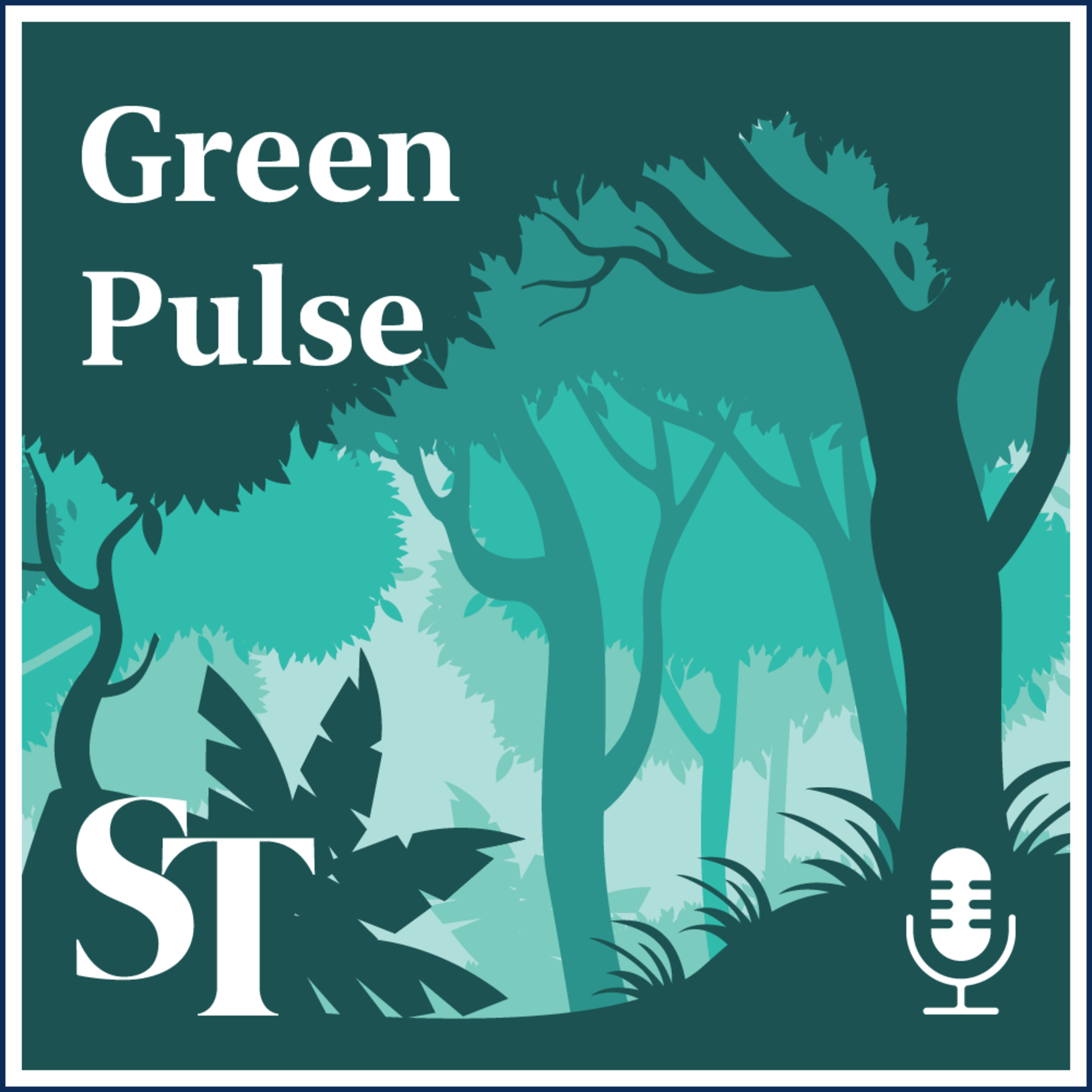How to truly value nature
Description
Synopsis: Every first and third Monday of the month, The Straits Times analyses the beat of the changing environment, from biodiversity conservation to climate change.
If you look at a stretch of rainforest, how do you measure its true value? Is it for the timber in the trees, the medicines in the roots and bark, the water stored in its soils or for its ability to absorb carbon dioxide? A local villager might value it more for its cultural or spiritual worth or for the animals that provide food. A palm oil plantation developer might value the land the forest stands on.
Scientists tell us that nature provides benefits to people worth trillions of dollars a year, from the air we breathe to the soils we grow our food in. But it really depends on your perspective. And that’s the challenge in trying to put a value on nature. The more humanity destroys nature, the greater the threat to our existence.
Recently, the United Nations’ science advisory panel for biodiversity, known as IPBES, looked at this complex issue and found dozens of ways to measure the value of nature. The report came up with guidelines for policymakers. It found that putting a narrow economic value on nature is one of the key reasons behind the loss and damage to the world’s ecosystems.
In this episode, The Straits Times’ environment correspondent Audrey Tan and climate change editor David Fogarty discuss nature valuation with Dr Michael Christie, Professor of Environmental and Ecological Economics at Aberystwyth University in Wales, who is one of the co-chairs of the report.
Highlights (click/tap above):
1:33 Examples of nature's value?
4:46 Why is it important to consider different ways to value nature?
7:20 Main recommendations of the IPBES report
12:24 How to manage conflicts over developments such as building a wind farm that might harm local wildlife?
15:13 Best ways for city-dwellers to connect with nature
Produced by: Audrey Tan ([email protected]), David Fogarty ([email protected]), Ernest Luis and Hadyu Rahim
Edited by: Hadyu Rahim
Subscribe to Green Pulse Podcast series and rate us on your favourite audio apps:
Channel: https://str.sg/JWaf
Apple Podcasts: https://str.sg/JWaY
Spotify: https://str.sg/JWag
Google Podcasts: https://str.sg/J6EV
Website: http://str.sg/stpodcasts
Feedback to: [email protected]
Follow Audrey Tan on Twitter: https://str.sg/JLMB
Read her stories: https://str.sg/JLM2
Follow David Fogarty on Twitter: https://str.sg/JLM6
Read his stories: https://str.sg/JLMu
---
Discover ST's special edition podcasts:
Singapore's War On Covid: https://str.sg/wuJa
The Unsolved Mysteries of South-east Asia: https://str.sg/wuZ2
Stop Scams: https://str.sg/wuZB
Invisible Asia: https://str.sg/wuZn
---
Discover more ST podcast series:
Asian Insider: https://str.sg/JWa7
Health Check: https://str.sg/JWaN
In Your Opinion: https://str.sg/w7Qt
Your Money & Career: https://str.sg/wB2m
SG Extra: https://str.sg/wukR
#PopVultures: https://str.sg/JWad
ST Sports Talk: https://str.sg/JWRE
Bookmark This!: https://str.sg/JWas
Lunch With Sumiko: https://str.sg/J6hQ
Discover ST Podcasts: http://str.sg/stpodcasts
Discover BT Podcasts: https://bt.sg/pcPL
Follow our shows then, if you like short, practical podcasts!
#greenpulse
See omnystudio.com/listener for privacy information.
More Episodes
While the future Long Island will guard against sea level rise, the trade-offs to marine life and the East Coast’s character must be addressed, stakeholders told host Shabana Begum.
Synopsis (headphones recommended): By end-century, Singapore’s mean sea level is expected to rise by up to 1.15m....
Published 06/20/24
Published 06/20/24
South-East Asia has big plans to become a regional carbon storage hub. Can it work or are the risks too great?
Synopsis: Every first and third Sunday of the month, The Straits Times analyses the beat of the changing environment, from biodiversity conservation to climate change.
For years now,...
Published 06/15/24


